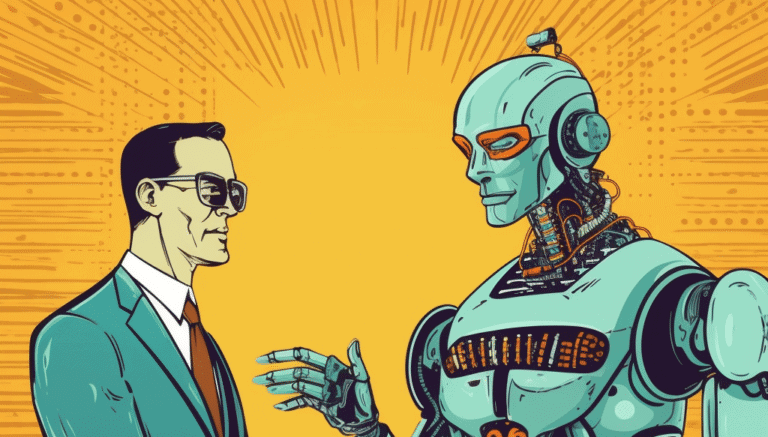Digital Marketing 3.0 – Great For Sales ?
Digital Marketing 3.0 (the future of digital marketing) is exciting — it is innovative, progressive, and, most importantly, customer-focused. As we say goodbye to cookies and move beyond last click attribution, digital marketing as we know it is evolving into something entirely new.
Will this spell the end of individualized, tailored marketing? Certainly not.
Will it usher in a new and revitalized surge of innovation that works harder and smarter to develop stronger consumer relationships? You betcha.
Digital marketing 3.0 entering a new age.
We are entering a new era of digital marketing. With the decline of cookies and the development of data clean rooms, marketers have new opportunity to reinvent how we utilize data and, more crucially, how we connect with consumers to create meaningful experiences that generate effect.
While the concept of data clean rooms (distributed data environments in which companies such as Google, Facebook, and Amazon share aggregated data rather than customer-level data) is not new, the changes will see more innovation and collaboration for how brands can make sense of data in a customer-first manner.
This also implies that clients will be more inclined to control own first-party data rather than rely on platform-specific insights. As more businesses invest in their own data capabilities, we will see increased collaboration between in-house data teams and agency partners.
As a result, digital marketers will be required to have a better awareness of key consumers and their demand states, clients’ strategic business goals, and conventional marketing theory and concepts.
Although this degree of commercial acumen should be a must for every digital firm, the terrible fact is that the industry as a whole has been resting on its laurels for far too long.
Many digital marketing companies focus entirely on the return on investment (ROI) they see from Facebook or Google, rather than adopting a strategic picture of what’s truly affecting company and how people engage with a brand.
That isn’t to imply that there aren’t lots of outstanding digital marketing companies out there who defy the odds. These organizations are continually looking to the future, to what will come next, to what may be done better. These organizations have made investments in their employees and prioritized training development. As others struggle to stay relevant, these are the agencies that will emerge victorious and create the new era of digital.

Performance-based creativity
Consumer expectations, shifting media habits, and changes in data privacy are all driving demand for a new generation of creativity – one that necessitates greater collaboration between.digitals and creatives.
Never before has there been such a desire for businesses to say something, to stand for something – to be an active force for good in the lives of their customers.
This not only enables companies to interact and engage with customers in real time, but it also offers significant financial benefits. According to a Twitter survey, companies that promote social causes have the most influence on the purchase decisions of Australians.
Building brand resonance in a privacy-first world, on the other hand, is no simple task – especially when the pressure to hit the target and fully understand and represent an audience’s demands is at an all-time high.
Now is the moment to prioritize long-term brand building and consumer loyalty above short-term methods. However, without insights, it is impossible to adopt a strategic, long-term vision.
Unfortunately, creative firms are frequently limited in their capacity to view and affect the media performance of their work, resulting in inefficiencies. You can have the finest creative or the best media, but neither can function in isolation; and if either is unsuccessful, the campaign will do poorly. However, as more marketers seek to combine creativity with performance, a new creative approach will promote increased efficiency, innovation, and growth.
What does this all mean for brands and the industry as a whole?
The acceleration of live shopping trends via platforms including as Instagram, TikTok, and Pinterest TV is fueling demand for smaller scale, smart creative that is hyper adaptable and responds to audiences’ need states in real-time.
While there will always be a market for large-scale, out-of-the-box creative ideas, creative inefficiencies are a major source of frustration, and the process is ripe for disruption.
More cooperation between creative and performance agencies will occur, revolutionizing how creatives and digital media teams collaborate for the better and producing results that are more aligned with business outcomes rather than digital metrics alone.







